Building of the Day: The Prospect Park Peristyle
Editor’s note: An updated version of this post can be viewed here. We continue this week’s look at Brooklyn’s natural treasure: Prospect Park. Summer is coming! Brooklyn, one building at a time. Name: Prospect Park Peristyle, aka Grecian Shelter, aka Croquet Shelter Address: 96 Parkside Avenue Cross Streets: Park Circle and Ocean Avenue Neighborhood: Flatbush…

Editor’s note: An updated version of this post can be viewed here.
We continue this week’s look at Brooklyn’s natural treasure: Prospect Park. Summer is coming!
Brooklyn, one building at a time.
Name: Prospect Park Peristyle, aka Grecian Shelter, aka Croquet Shelter
Address: 96 Parkside Avenue
Cross Streets: Park Circle and Ocean Avenue
Neighborhood: Flatbush
Year Built: 1905
Architectural Style: Renaissance Revival
Architect: McKim, Mead & White
Other Works by Architect: In Brooklyn: Brooklyn Museum, Grand Army Plaza park entrance, and other entrances and structures within Prospect Park (Stanford White)
Landmarked: Yes, individual landmark (1968)
The story: Who doesn’t love this Classical Greek inspired structure? For many people, Prospect Park begins and ends on the Park Slope side, but other parts of the park have some of the best goodies, some hidden, and some, like this shelter, in plain view.
And to learn that it was designed by one of the finest architectural firms in the history of American architecture is just icing on the cake. As summer rapidly is upon us, let’s take a look at this wonderful folly on the Flatbush side of the park.
1910 postcard
The official name of this structure is the Prospect Park Peristyle, although to most it’s known as the Grecian Shelter, the Colonnade, or by the less well-known name the Croquet Shelter.
Peristyle is a Greek word meaning an architectural space, such as a court or porch that is surrounded by columns. This building is regarded in architectural circles as the finest Neoclassical peristyle in New York City.
The scale is perfect, the spacing is perfect, the details are perfect, and the vaulting exquisite. It’s just damn good.
Stanford White, of the venerable firm of McKim, Mead & White, designed this shelter, along with other decorative structures in Prospect Park, when his firm got the commission to add a Neoclassical formal entrance to the park in the mid-1890s.
Over the next twenty years, he (as well as other architects) added many structures to the park, many in this formal Beaux-Arts, Greco-Roman-inspired style. It was White who came up with the “Croquet Shelter” name, although croquet was never played in this part of the park. But whatever, just look at what we got!
The shelter is a platform with marble Corinthian capitals atop limestone columns. Everything above the capitals is terra-cotta, including the frieze, the balustrade and the vaulted Guastavino tiled ceiling. The floor is glazed beveled brick.
White was a master of scale and detail, and this building was situated in such a way that the raised platform, at the top of the rise, gave those within an excellent view of both the Prospect Park lake and the goings-on at the Parade Grounds just across Parkside Avenue. In fact, the Peristyle was often used as a judging station for the regimental displays and military parades taking place there.
Undated postcard
Like most things in New York City’s parks, the shelter suffered during the middle decades of the 1900s. The city’s fiscal crisis meant very little money for parks, and this building, like many others in the park, was neglected until 1966, when a major rehab took place.
The structure was landmarked in 1968, and it was placed on the National Register of Historic Places in 1971. In 1996 it got another overhaul when the Parks Department made its restoration a capital improvement project. Work is still needed on that beautiful Guastavino tile ceiling.
Today, it still stands as a landmark on this side of the park, a startling but elegant piece of ancient Greece amidst the trees and pathways of Prospect Park.
All photographs by Suzanne Spellen
1910 postcard

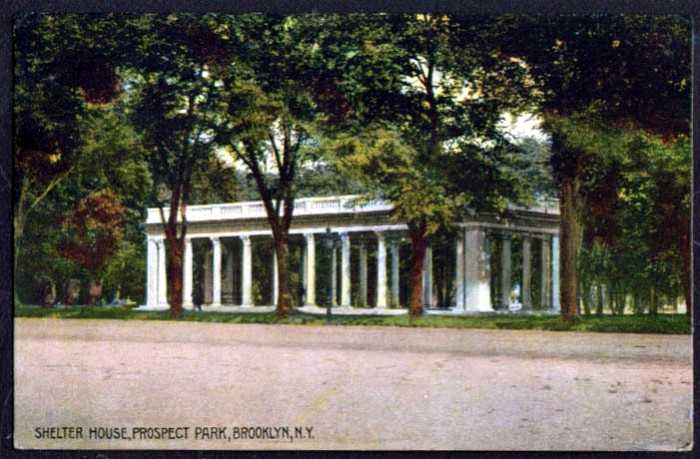
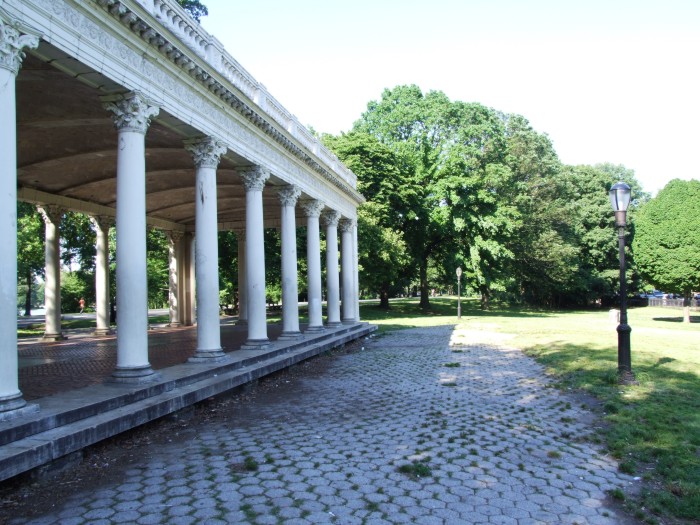

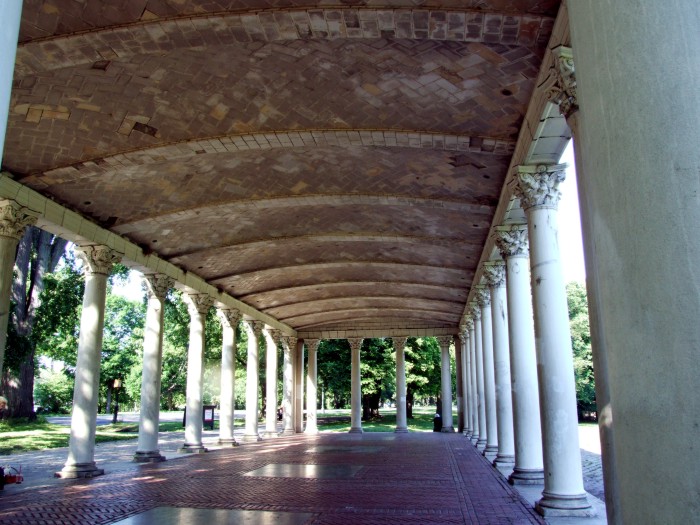

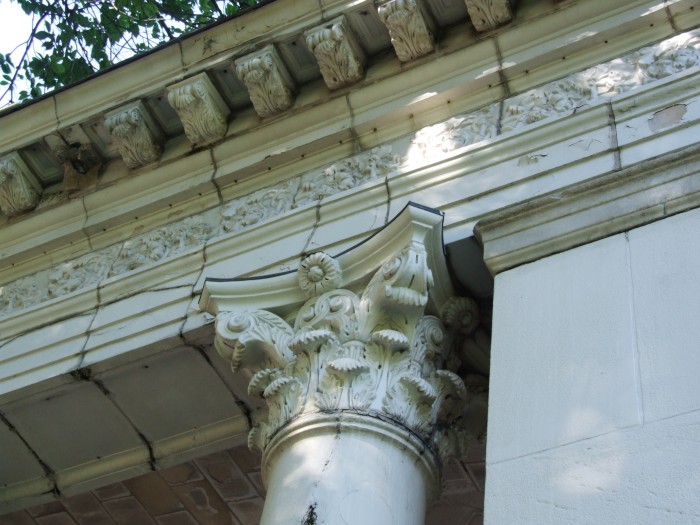
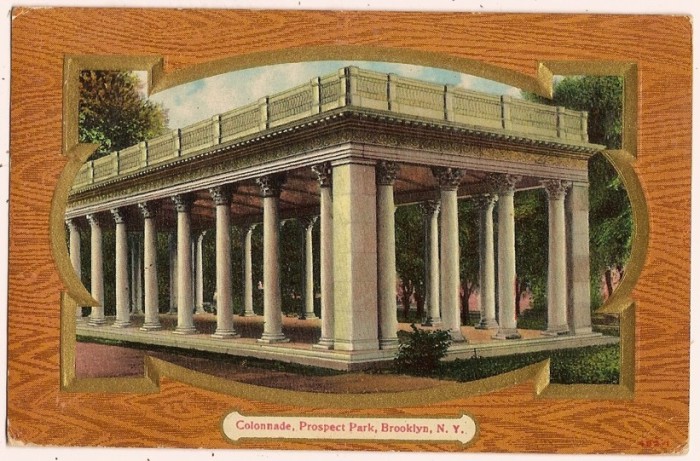
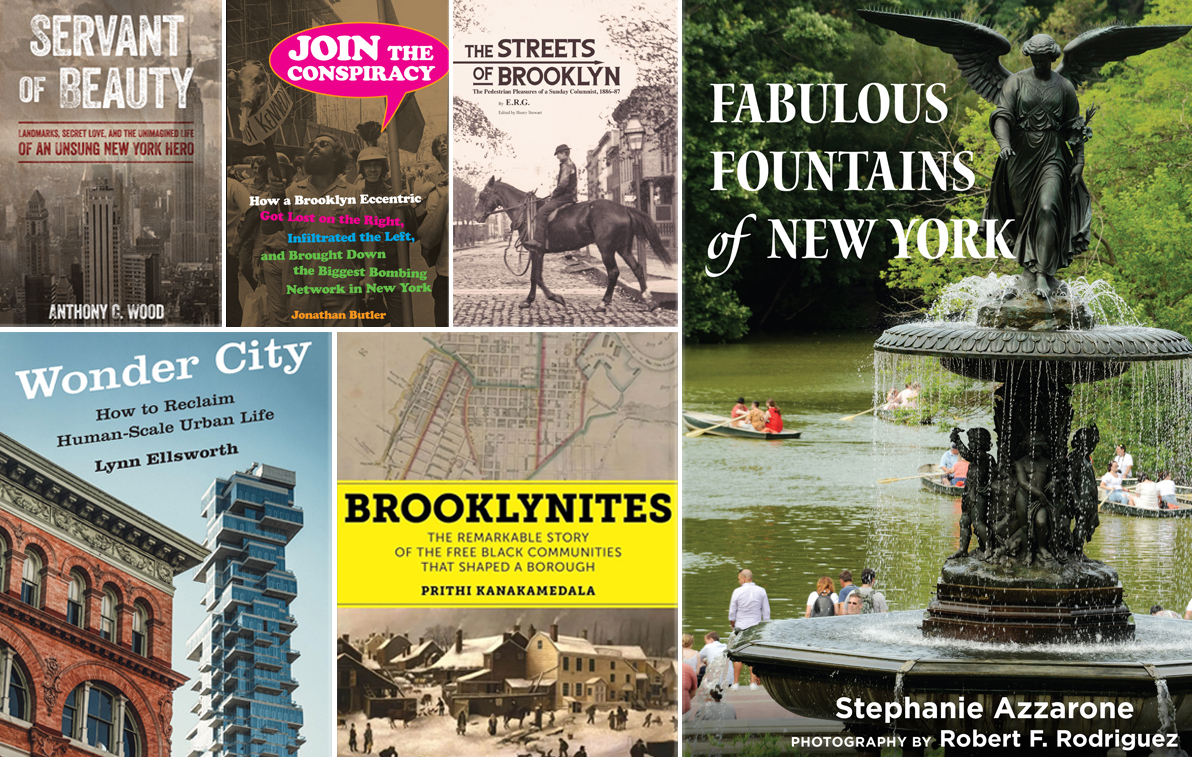
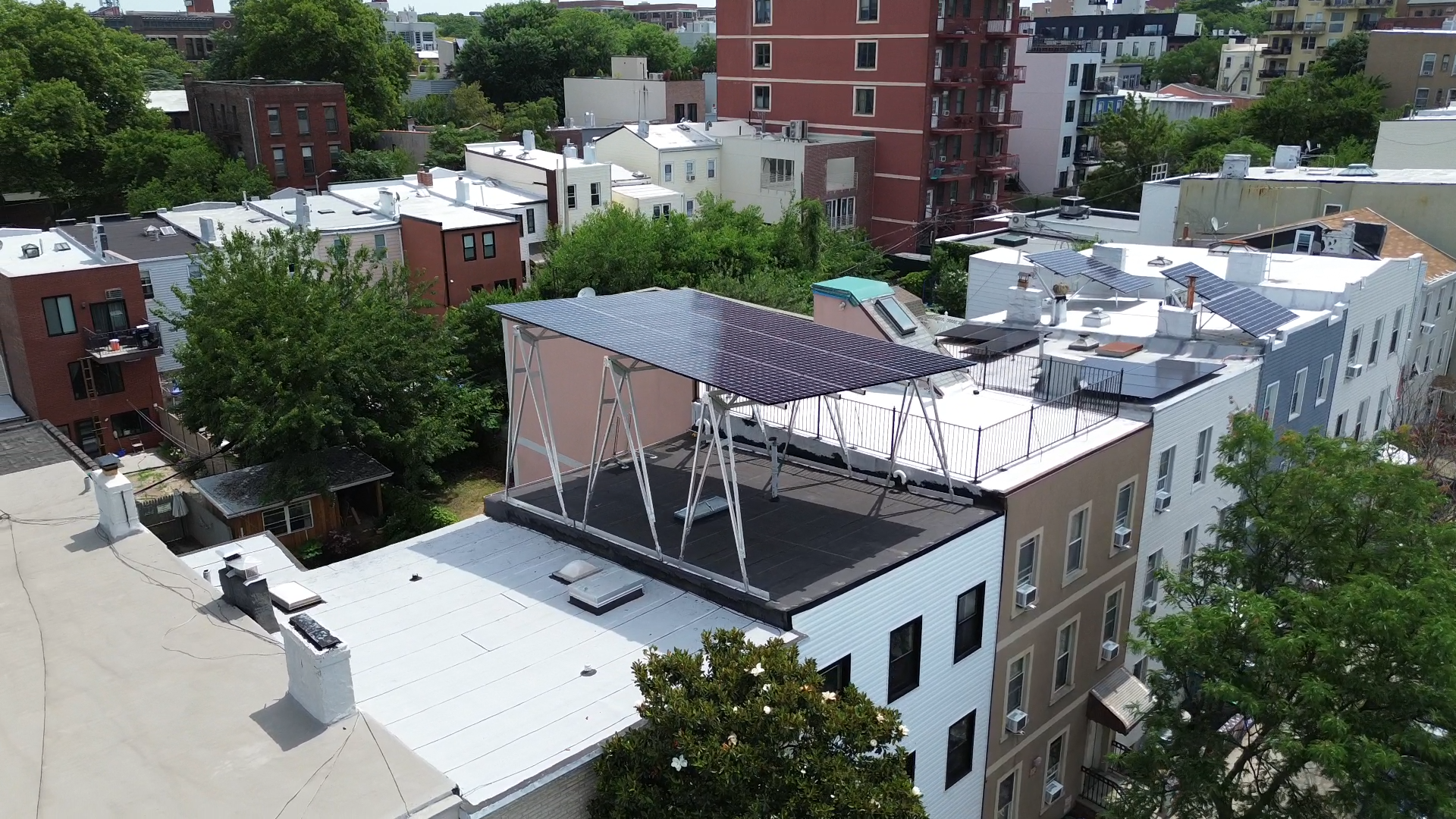
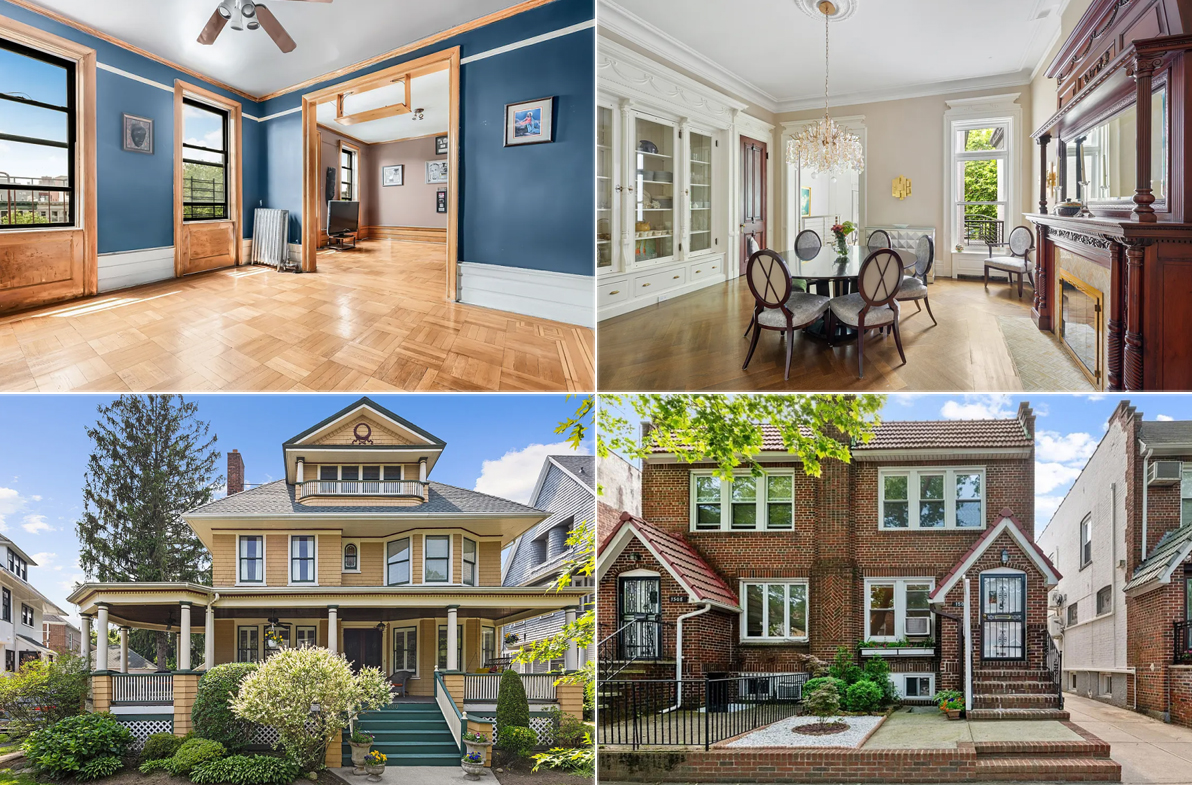
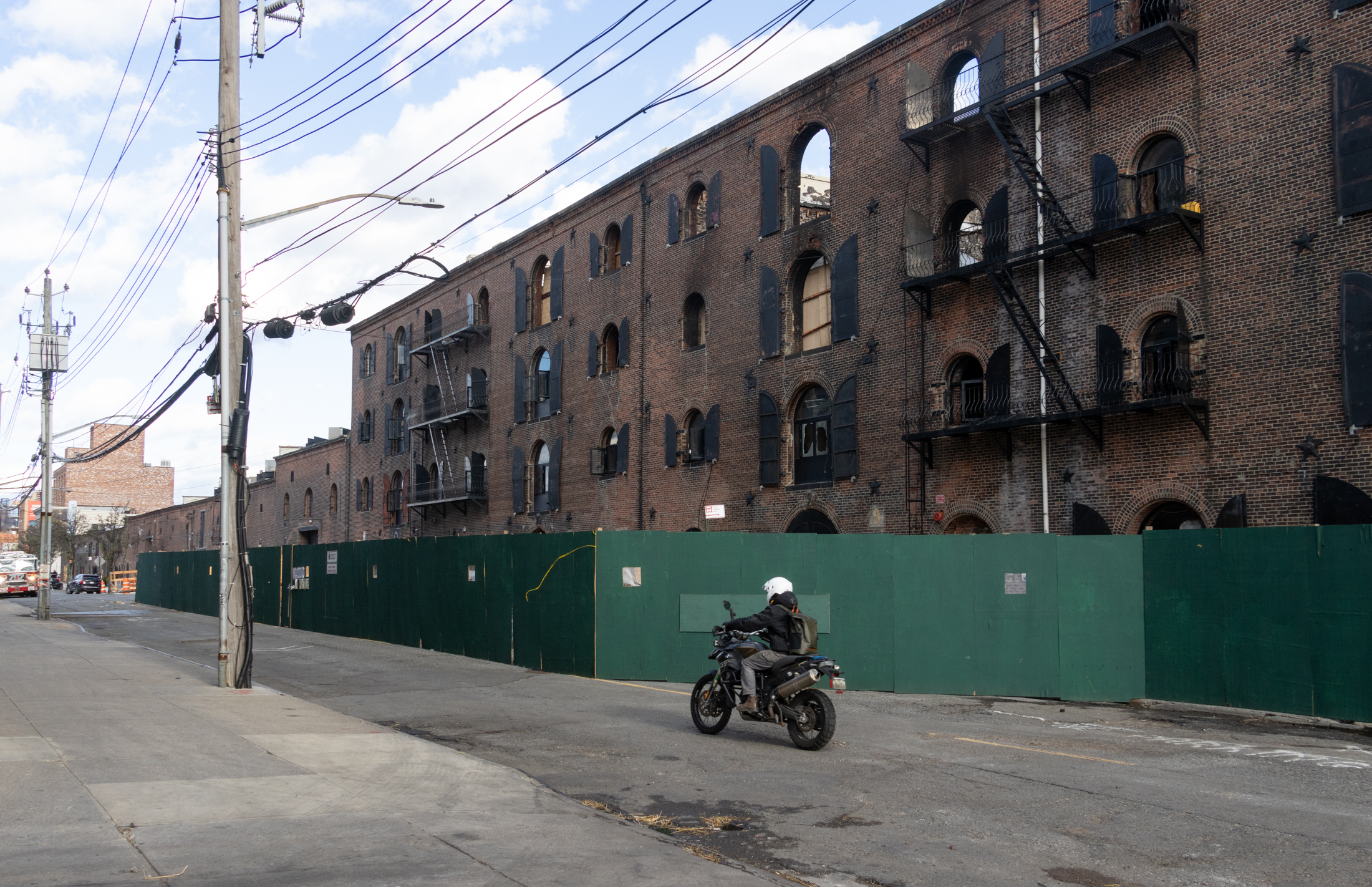
What's Your Take? Leave a Comment